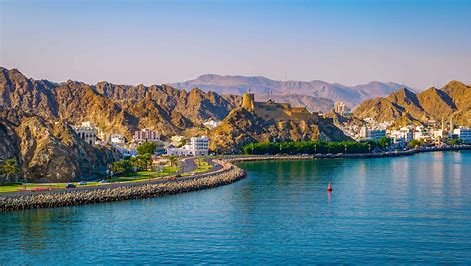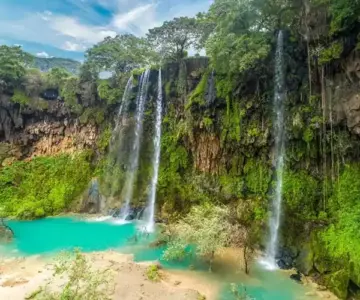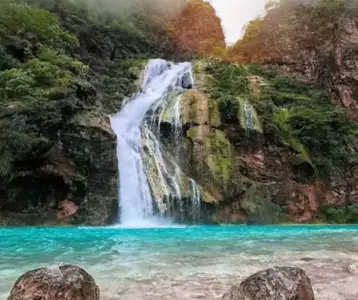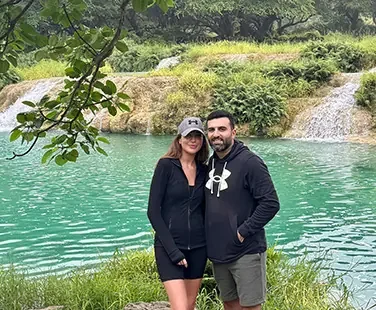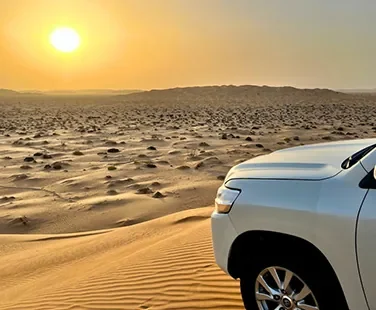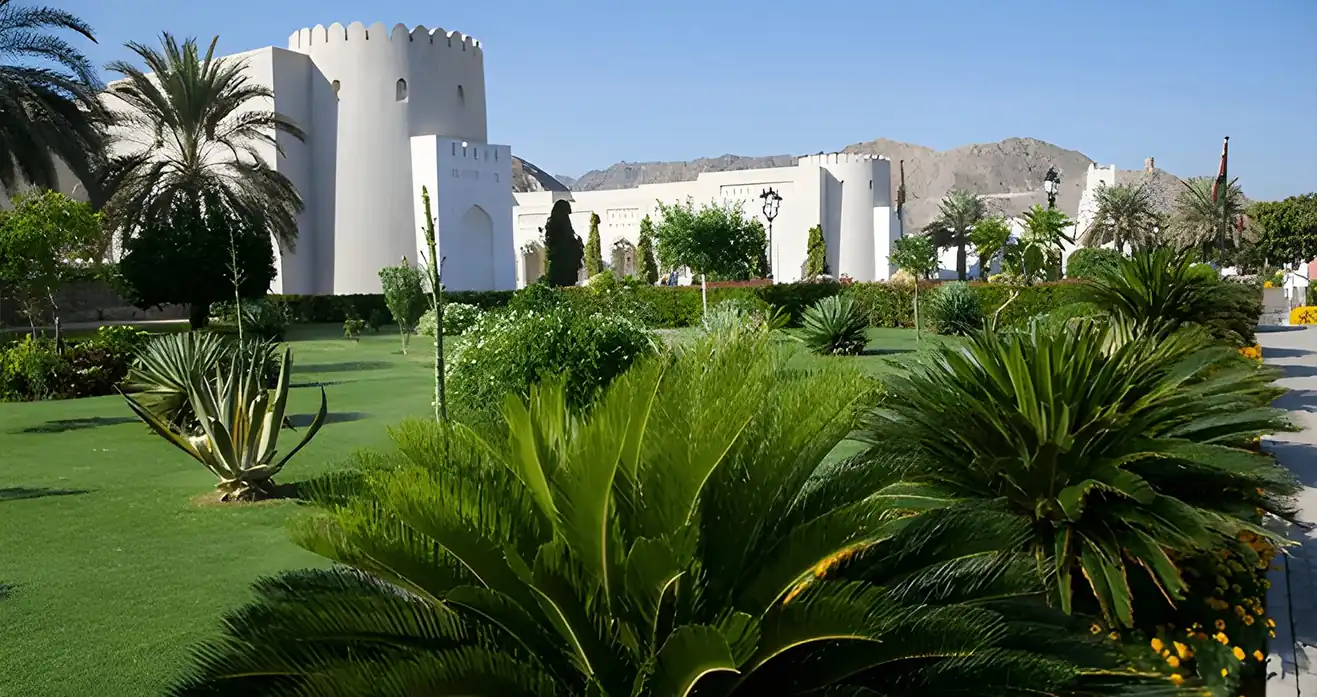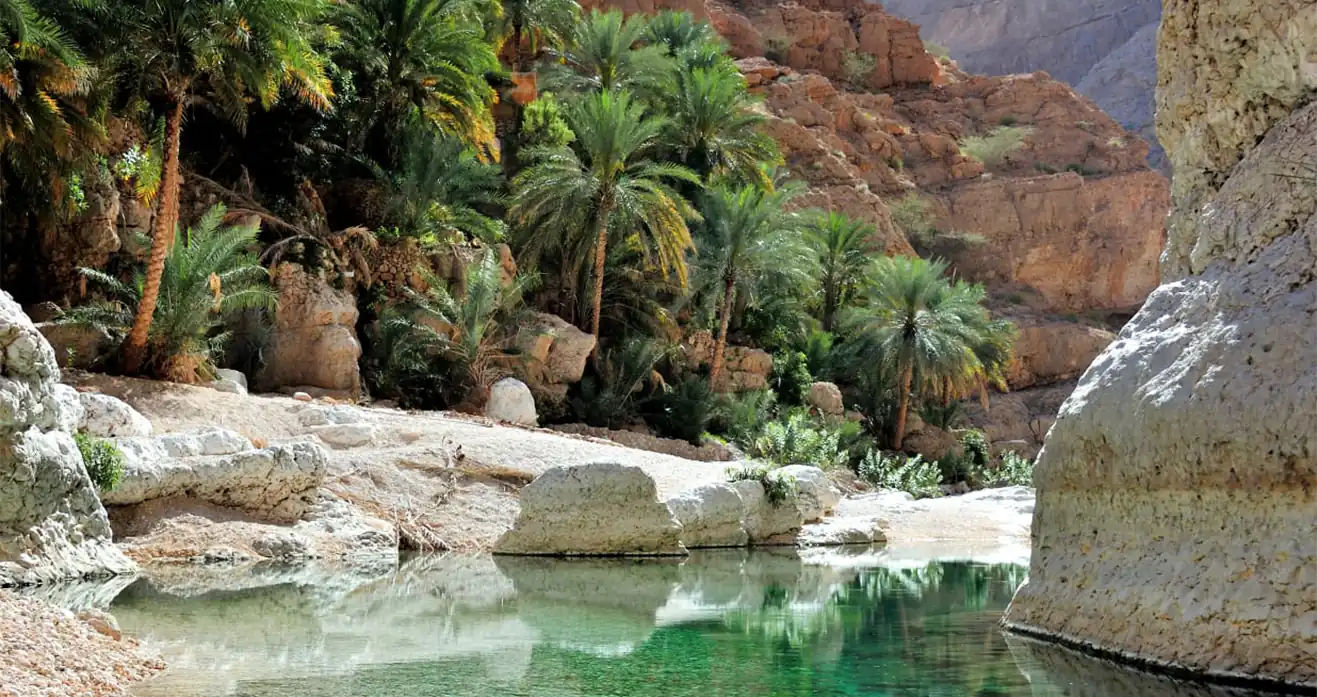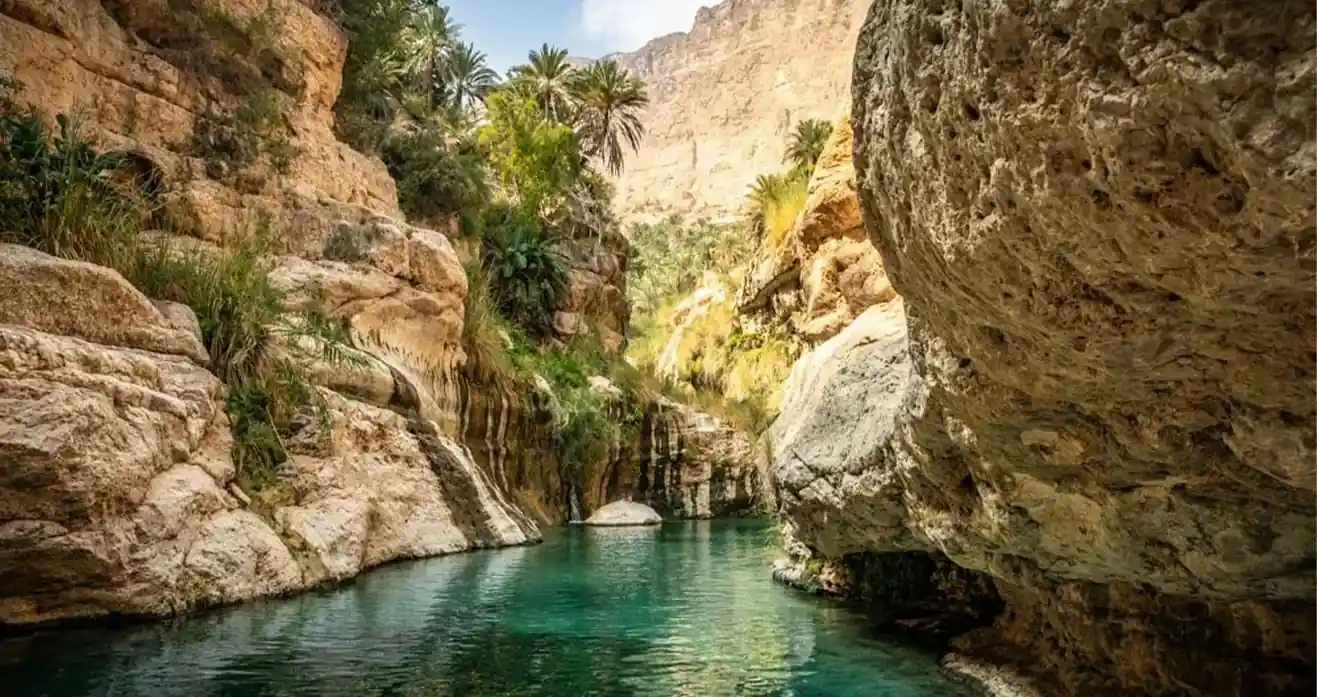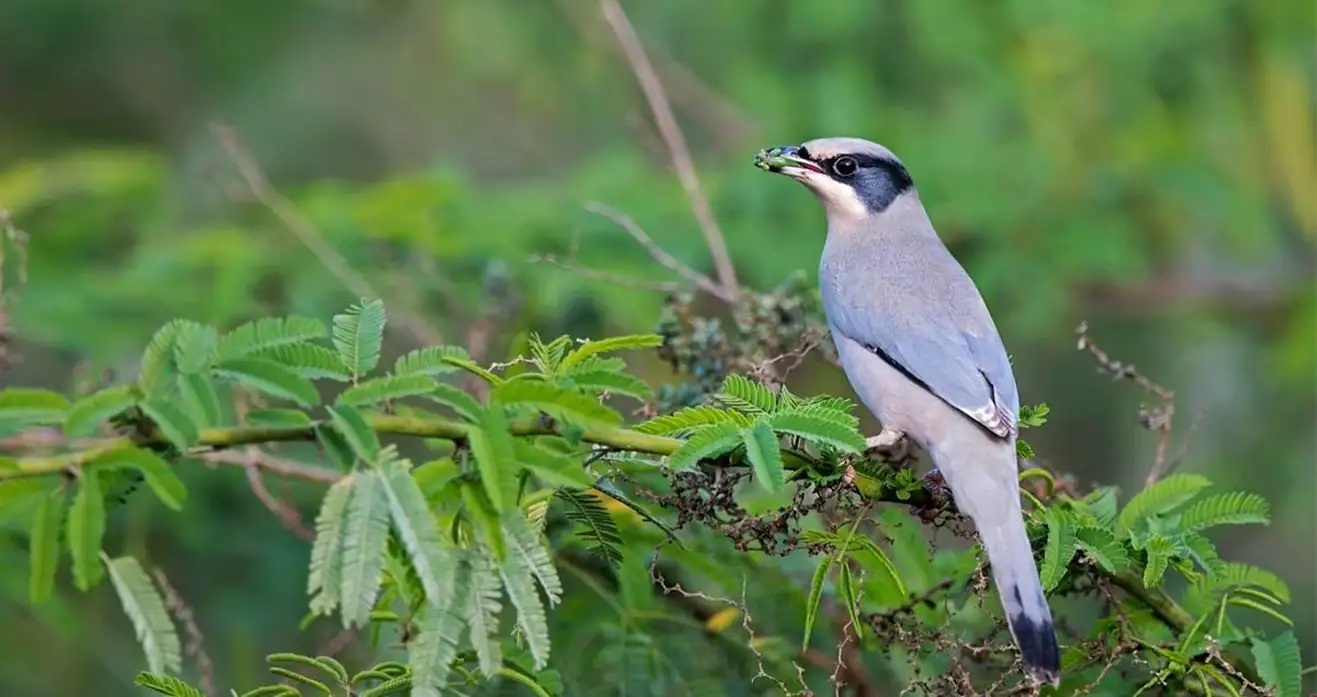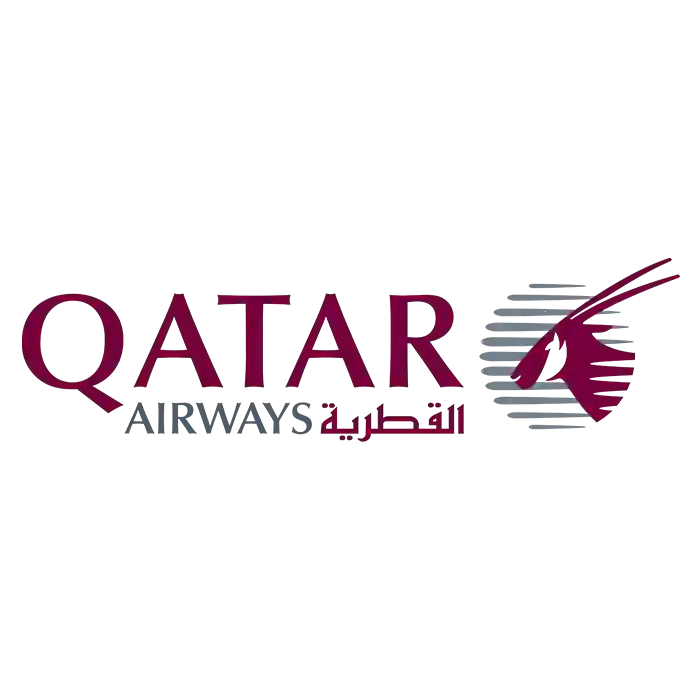Information about Oman
Nestled in the southeastern corner of the Arabian Peninsula, Oman is a country that seamlessly blends ancient traditions with modern development. This enchanting nation, officially known as the Sultanate of Oman, offers visitors a unique glimpse into Arab culture, stunning landscapes, and a rich history that spans millennia. In this comprehensive guide, we’ll explore the many facets of Oman, from its geography and climate to its people, economy, and cultural heritage.
Oman’s strategic location at the confluence of the Persian Gulf and Arabian Sea has shaped its history and continues to influence its role in the region today. With a coastline stretching over 1,700 kilometers, the country serves as an important maritime hub, connecting East and West. Let’s delve deeper into the various aspects that make Oman a fascinating destination for travelers and a significant player in the Middle East.
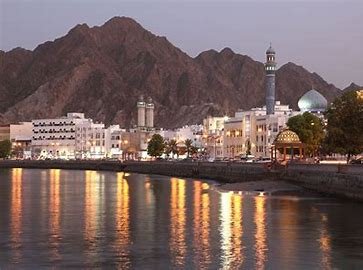
Geography and Landscape
Oman’s diverse terrain is one of its most striking features, offering visitors a range of experiences from coastal beauty to rugged mountains and vast deserts.
Coastal Plains
The country’s northern coastline is home to Al-Batinah, a fertile strip of land that stretches along the Gulf of Oman. This region is known for its agricultural productivity, with date palms, mangoes, and other crops thriving in the rich soil. The capital city of Muscat, a blend of traditional and modern architecture, is situated along this picturesque coast.
Mountain Ranges
The Hajar Mountains dominate the northern landscape, running parallel to the coast and reaching impressive heights. Jebel Shams, often referred to as the “Mountain of the Sun,” is Oman’s highest peak, soaring to an elevation of nearly 3,000 meters. These mountains not only provide breathtaking vistas but also play a crucial role in the country’s water supply, capturing moisture from passing clouds.
Desert Expanses
Moving inland, Oman’s terrain transitions into vast desert landscapes. The Rub’ al Khali, or Empty Quarter, is a massive sand desert that Oman shares with its neighbors. This harsh yet beautiful environment has been home to Bedouin nomads for centuries and continues to captivate visitors with its otherworldly dunes and starry nights.
Dhofar Region
In the south, the Dhofar region presents a stark contrast to the northern deserts. During the khareef season (monsoon), the mountains of Dhofar are transformed into a lush, green paradise. This unique microclimate supports a diverse ecosystem and attracts both wildlife and tourists seeking respite from the heat.
Climate and Weather Patterns
Oman’s climate varies significantly across its different regions, influenced by its diverse topography and proximity to the sea.
Coastal Climate
Along the coast, including in Muscat, summers are hot and humid, with temperatures often exceeding 40°C (104°F). Winters are mild and pleasant, making it an ideal time for tourists to visit. The coastal areas receive minimal rainfall, averaging around 100mm per year.
Mountain Weather
The Hajar Mountains experience cooler temperatures, especially at higher elevations. In winter, temperatures can drop below freezing at night, and occasional snowfall is not unheard of on the highest peaks. These mountains also receive more rainfall than the coastal areas, supporting unique flora and fauna.
Desert Climate
Inland desert regions face extreme temperature fluctuations. Daytime temperatures in summer can soar above 50°C (122°F), while winter nights can be surprisingly cold. Rainfall is scarce in these areas, contributing to the harsh desert environment.
Dhofar’s Unique Climate
The southern Dhofar region experiences a distinct climate due to the monsoon winds. From June to September, the khareef brings misty rain and cooler temperatures, creating a green oasis in contrast to the rest of the country.
History and Cultural Heritage
Oman’s rich history dates back thousands of years, with evidence of human habitation from the Stone Age. The country’s strategic location has made it a crossroads of civilizations, influencing its culture and traditions.
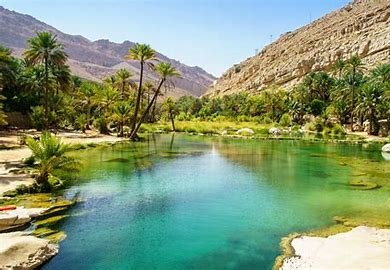
Ancient Civilizations
Archaeological sites across Oman reveal its importance in ancient trade routes. The ancient city of Sumhuram, believed to be a key port for frankincense trade, offers insights into Oman’s historical significance. The UNESCO World Heritage Site of Bat, Al-Khutm, and Al-Ayn showcases impressive Bronze Age tombs and settlements.
Islamic Influence
The arrival of Islam in the 7th century CE had a profound impact on Oman’s culture and governance. The country became a center of Islamic learning and played a crucial role in spreading the religion to other parts of the world through its maritime connections.
Colonial Era and Independence
Oman’s strategic location attracted European powers, with the Portuguese briefly controlling Muscat in the 16th century. The Al Said dynasty, which continues to rule Oman today, came to power in the mid-18th century. The country’s modern era began in 1970 when Sultan Qaboos bin Said ascended to the throne, initiating a period of rapid modernization and development.
Cultural Traditions
Omani culture is deeply rooted in Islamic traditions and Bedouin values. Hospitality is a cornerstone of Omani society, and visitors are often welcomed with coffee and dates. Traditional arts such as weaving, pottery, and silverwork continue to be practiced and celebrated throughout the country.
Government and Political Structure
Oman is a hereditary monarchy, with the Sultan serving as both head of state and head of government. The current ruler, Sultan Haitham bin Tariq Al Said, ascended to the throne in 2020 following the passing of Sultan Qaboos.
Governance System
The Sultan holds executive power and is assisted by a Council of Ministers. While Oman does not have a formal constitution, the Basic Law of the State, promulgated in 1996, serves as the country’s constitutional framework.
Advisory Bodies
Two advisory bodies play a role in Oman’s governance:
- The State Council (Majlis al-Dawla): Appointed by the Sultan, this body consists of prominent Omanis who provide advice on important national issues.
- The Consultative Council (Majlis al-Shura): Members of this council are elected by Omani citizens and serve as a link between the government and the people, discussing social and economic issues.
Foreign Relations
Oman maintains a policy of neutrality and non-interference in regional conflicts. The country has played a crucial role as a mediator in various international disputes, earning respect for its diplomatic efforts.
Economy and Development
Oman’s economy has undergone significant transformation since the 1970s, evolving from a traditional, agriculture-based system to a modern, diversified economy.
Oil and Gas Sector
Petroleum resources have been the backbone of Oman’s economic growth. The country is the largest non-OPEC oil producer in the Middle East, with oil and gas revenues contributing significantly to the national budget.
Economic Diversification
Recognizing the need to reduce dependence on hydrocarbons, Oman has been actively pursuing economic diversification. Key focus areas include:
- Tourism
- Manufacturing
- Logistics
- Fisheries
- Mining
Infrastructure Development
Substantial investments have been made in infrastructure projects, including:
- Modern ports and airports
- An extensive road network
- Telecommunications infrastructure
- Healthcare facilities
- Educational institutions
Vision 2040
Oman’s long-term development plan, Vision 2040, aims to create a knowledge-based economy, promote sustainable development, and enhance the quality of life for Omani citizens.
Population and Demographics
Oman’s population has grown rapidly in recent decades, driven by both natural increase and immigration. As of 2024, the estimated population stands at around 5.2 million.
Ethnic Composition
The majority of Oman’s population consists of ethnic Arabs, with significant communities of Baluchis, South Asians, and East Africans. This diversity reflects Oman’s historical connections with neighboring regions and its role in Indian Ocean trade.
Age Structure
Oman has a relatively young population, with a median age of around 30 years. This demographic structure presents both opportunities and challenges for the country’s development.
Urbanization
About 85% of Oman’s population lives in urban areas, with Muscat being the largest city. The government has invested in developing new cities and expanding existing ones to accommodate the growing urban population.
Expatriate Community
Expatriates make up a significant portion of Oman’s population, particularly in urban areas and the private sector. The government has implemented policies to increase the participation of Omani nationals in the workforce, a process known as “Omanization.”
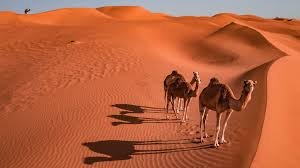
Education and Human Development
Oman has made significant strides in education and human development since the 1970s, with a focus on building a skilled workforce to support economic diversification.
Basic Education
Free education is provided to all Omani citizens from primary through secondary levels. The government has invested heavily in building schools and training teachers to improve the quality of education.
Higher Education
Sultan Qaboos University, established in 1986, is the country’s premier institution of higher learning. Additionally, numerous private colleges and universities have been established to meet the growing demand for tertiary education.
Vocational Training
Recognizing the importance of technical skills, Oman has developed a network of vocational training institutes to prepare young Omanis for careers in various industries.
Literacy Rates
Literacy rates have improved dramatically, reaching over 95% for both men and women. This achievement is a testament to Oman’s commitment to education and human development.
Healthcare System
Oman’s healthcare system has seen remarkable improvements over the past few decades, with the government prioritizing access to quality medical services for all citizens.
Public Healthcare
The Ministry of Health operates a network of hospitals, health centers, and clinics throughout the country. Basic healthcare services are provided free of charge to Omani citizens.
Private Healthcare
A growing private healthcare sector complements the public system, offering specialized services and catering to expatriates and those seeking premium care.
Health Indicators
Oman has achieved significant improvements in key health indicators, including:
- Increased life expectancy
- Reduced infant mortality rates
- Improved maternal health
- Control of communicable diseases
Medical Tourism
With its modern healthcare facilities and skilled medical professionals, Oman is emerging as a destination for medical tourism in the region.
Tourism and Attractions
Oman’s diverse landscapes, rich cultural heritage, and warm hospitality make it an increasingly popular tourist destination. The country offers a range of experiences for visitors, from historical sites to natural wonders.
Cultural Sites
- Muscat’s Grand Mosque: A stunning example of modern Islamic architecture
- Nizwa Fort: One of Oman’s most visited national monuments
- Bahla Fort: A UNESCO World Heritage site known for its impressive mud-brick construction
Natural Attractions
- Wahiba Sands: A vast desert expanse perfect for dune bashing and camping under the stars
- Wadi Shab: A picturesque canyon with crystal-clear pools and waterfalls
- Ras Al Jinz: A turtle nesting site where visitors can witness green turtles laying eggs
Adventure Tourism
- Diving and snorkeling in the coral-rich waters of the Daymaniyat Islands
- Rock climbing and canyoning in the Hajar Mountains
- Kitesurfing and windsurfing along the coast of Masirah Island
Sustainable Tourism
Oman is committed to developing its tourism sector sustainably, with a focus on preserving natural habitats and supporting local communities. Eco-lodges and responsible tour operators are becoming increasingly popular.
Transportation and Infrastructure
Oman has invested heavily in developing its transportation infrastructure, facilitating both domestic travel and international connections.
Road Network
An extensive network of modern highways connects major cities and towns across the country. The Muscat Expressway and other major roads have significantly reduced travel times between regions.
Airports
Muscat International Airport serves as the main gateway to Oman, with state-of-the-art facilities capable of handling millions of passengers annually. Regional airports in Salalah, Duqm, and other cities provide domestic and international connections.
Seaports
Oman’s strategic location has led to the development of several major ports:
- Port Sultan Qaboos in Muscat
- Port of Salalah, a major transshipment hub
- Port of Duqm, part of a new special economic zone
Public Transportation
While private cars remain the primary mode of transport for most residents, efforts are underway to develop public transportation systems in major cities. Muscat, for example, has introduced a bus network to reduce traffic congestion.
Environmental Conservation
Oman places a strong emphasis on environmental conservation, recognizing the importance of preserving its unique ecosystems for future generations.
Protected Areas
The country has established several protected areas and nature reserves, including:
- Arabian Oryx Sanctuary
- Al Saleel Natural Park
- Ras Al Hadd Turtle Reserve
Marine Conservation
Efforts to protect Oman’s rich marine biodiversity include:
- Coral reef restoration projects
- Regulations on fishing practices
- Marine protected areas
Renewable Energy
Oman is investing in renewable energy sources to reduce its carbon footprint. Solar and wind power projects are being developed across the country.
Water Conservation
In a region where water is scarce, Oman has implemented various water conservation measures, including:
- Desalination plants
- Wastewater treatment and reuse
- Public awareness campaigns
Conclusion
Oman’s journey from a traditional society to a modern nation has been remarkable, yet the country has managed to preserve its cultural identity and natural heritage. With its stunning landscapes, rich history, and warm hospitality, Oman offers visitors a unique and authentic Arabian experience. As the country continues to develop and diversify its economy, it remains committed to sustainable growth and environmental conservation. Whether you’re interested in exploring ancient forts, relaxing on pristine beaches, or venturing into the desert, Oman has something to offer every traveler. This fascinating country at the crossroads of civilizations continues to charm and surprise those who take the time to discover its many wonders.

